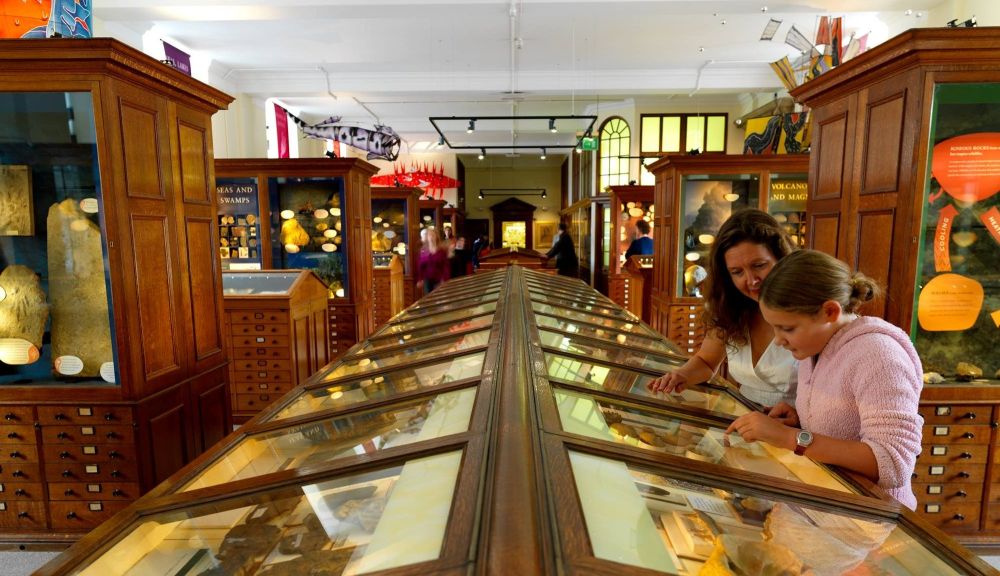

The Sedgwick Museum of Earth Sciences, established in 1728, is Cambridge's oldest museum. Its origins are tied to Dr. John Woodward, who bequeathed his collection of fossils to the University of Cambridge. Over time, it has grown through contributions such as those from its namesake, Professor Adam Sedgwick, one of the founders of modern geology.
For centuries, the Sedgwick Museum has attracted scholars, students, and curious minds from around the world. With its extensive collection of minerals, rocks, and fossils, the museum has been pivotal in educational tourism, offering insights into Earth's history. It became a public museum in the early 20th century, allowing a broader audience to access its resources.
During the 19th century, the museum's displays, particularly its fossil collections, gained increased attention as scientific inquiry became more widespread. By the 20th century, the museum had included notable specimens such as the Iguanodon and the Belemnite fossils.
In recent years, the Sedgwick Museum has evolved to accommodate modern tourism trends, focusing on interactive and engaging experiences. It now offers digital guides, educational programs for all ages, and hands-on exhibits that complement traditional displays.
The museum also hosts temporary exhibitions, which have included topics such as climate change and earth sciences in popular culture. These exhibitions are often tailored to reflect current scientific discussions and public interests, attracting a diverse audience to the museum.
The Sedgwick Museum has recognized the importance of sustainable tourism and has taken steps to minimize its environmental impact. This includes reducing energy consumption, encouraging the use of public transportation to visit the museum, and implementing practices to lower its carbon footprint.
Today, the Sedgwick Museum continues to be a popular destination for tourists and locals alike. Its rich collections are still at the core of its appeal, providing a unique perspective on the natural world. With free admission, it remains an accessible and educational attraction for those visiting Cambridge.
The museum has embraced the digital age, offering online resources and virtual tours to reach a global audience. As travel habits evolve post-pandemic, the Sedgwick Museum's approach to virtual engagement has become an integral part of its tourism strategy.
Practical Information: The museum usually announces its visiting hours and any changes in operation on its official website and social media channels. As opening times and access to certain exhibits may vary, it is advisable to check the latest information before planning a visit.